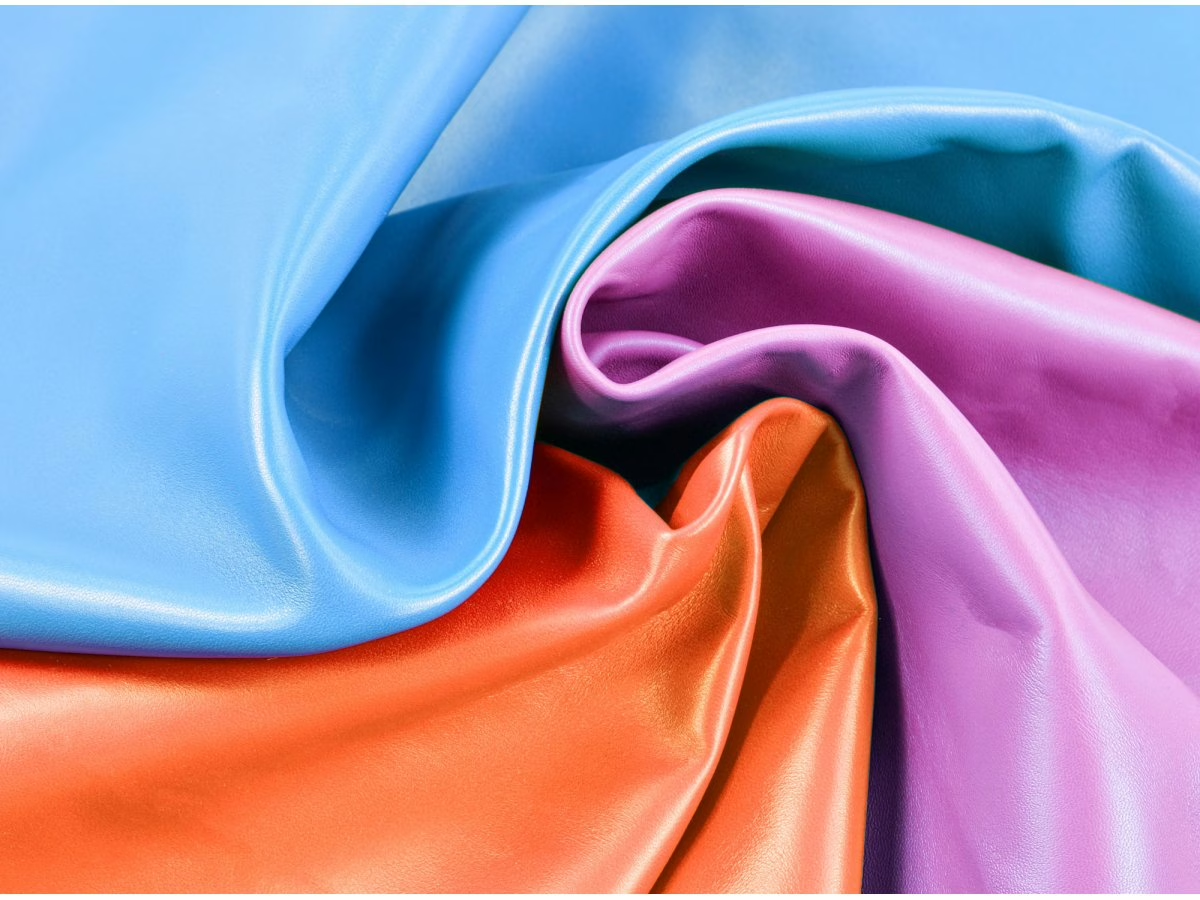Napa Leather: A Californian Innovation from the 1800s
Napa leather, sometimes also spelled nappa, is derived from calves, lambs, and young goats. As these animals have incredibly soft hides, the leather they produce have a soft feel which makes napa excellent as lining leathers for watch straps. Unlike Zermatt calf, another favourite here at Ateliér D. James, napa comes in a wide range of colours making it a popular choice for luxury handbags and clothing.

While napa leather has evolved into a generic term for very soft leather, the material has a rich history that traces its origin back to California in the late 1800s and the tannery B.F. Sawyer & Co.
The story of napa leather began when a relative of B.F. Sawyer came to Napa and witnessed the local butchers discarding sheep hides that still had wool on them. Recognizing the value of the wool, he purchased the hides and the business of using them for leather production soon followed.
In 1871, the German immigrant Emmanuel Manasse arrived in Napa and became the superintendent for the new tannery. He introduced the Napa patent process, a new method of tanning, and “napa sheep” quickly became a trade name for a type of sheepskin leather in both the United States and Europe.
B.F. Sawyer & Co. grew to be the largest tannery west of the Mississippi. Their napa leather was considered a mark of quality and it soon became widely copied by other leather tanneries, thus spreading all over the world.